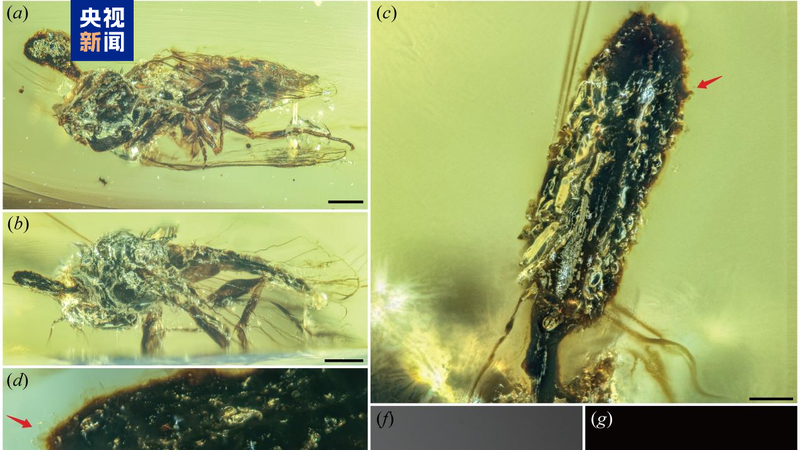Hey news fam! In a groundbreaking find, a team led by Chinese scientists from the Nanjing Institute of Geology and Palaeontology (NIGPAS) has uncovered two new species of parasitic fungus preserved in 100-million-year-old Kachin amber from Myanmar. This amazing discovery sheds light on the co-evolution of insects and fungi, pushing the origin of the mysterious Ophiocordyceps group back by about 30 million years.
Using state-of-the-art micro-CT scans and analyzing genetic data from 120 living species, researchers directly compared these ancient fungi with their modern counterparts. The findings suggest that Ophiocordyceps first appeared around 130 million years ago during the Early Cretaceous period, completely rewriting previous timelines. 🔍
Researcher Wang Bo explained that the delicate nature of fungi makes fossil evidence extremely rare. The exceptional preservation in amber allowed the team to capture detailed fungal structures and identify their parasitic hosts, opening up new avenues for understanding how these organisms have evolved over millennia.
Published in the Proceedings of the Royal Society B: Biological Sciences, this study is a thrilling reminder that our planet's ancient past holds countless secrets waiting to be discovered. 🚀 Stay curious and explore the wonders of natural history!
Reference(s):
Chinese scientists discover 100-million-year-old parasitic fungus
cgtn.com


